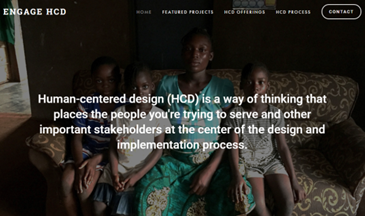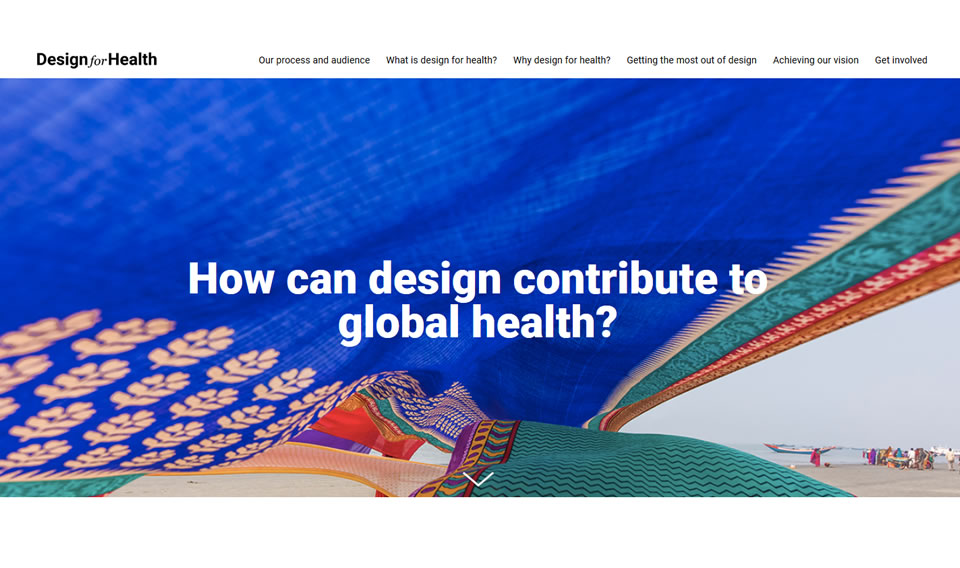Human-centered design (HCD) is a way of thinking that places the people you're trying to serve and other important stakeholders at the center of the design and implementation process. HCD was developed in the private sector to integrate business and technology around human needs.
Global health faces significant hurdles that stem from the complexity of navigating and coordinating stakeholder ecosystems, the difficulty in changing beneficiaries’ behaviors, the barriers in scaling compelling solutions, and the challenge of appropriately measuring impact. HCD is well suited to tackle these issues by actively engaging beneficiaries, providers, and other constituencies throughout the development process to ensure that their needs and expectations inform design decisions and lead to a higher likelihood of adoption and lasting human impact.
USAID’s Center for Innovation and Impact (CII) is supporting the use of HCD across the Bureau for Global Health's work. The below resources provide examples and more information on this work.
CII's HCD Website: Engage HCD
A CII website highlighting ways in which HCD can be effectively applied across USAID's global health work
DesignforHealth's Website
The Bill & Melinda Gates Foundation and CII partnered to develop these resources to support the understanding, appropriate use, and effectiveness of design in global health.


